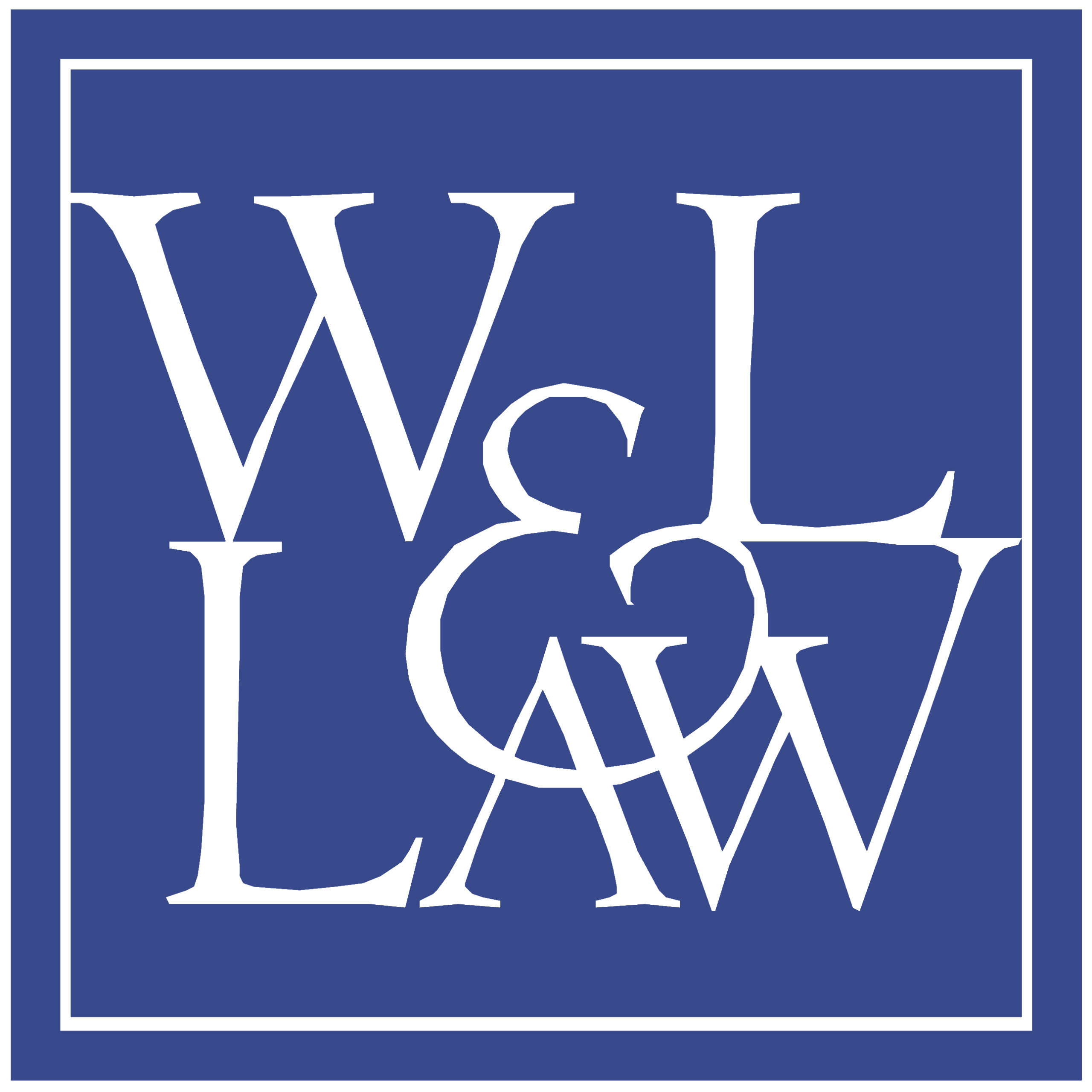Almost six million households in the United States do not have a bank account and another eighteen million households rely on non-traditional banking services to meet their financial need. Americans who are unbanked or underbanked are disproportionately poor and not white. The term “unbanked” applies to households that do not have a checking or savings account with a bank. The term “underbanked” describes a household which has a bank account but lacks access to other traditional financial services, such as credit or loans. When a household does not have full access to financial services they are at an automatic disadvantage. A higher proportion of their paycheck goes to fees, they are unable to build credit through their spending, and the alternatives to traditional banking does not have the same level of consumer protection as traditional banks.
While only 32% of the US population is Black or Latino, Black and Latino households represent 64% of the country’s unbanked and 47% of its underbanked households.[1] The number one reason people cited for not having a bank account was due to not having the. Minimum balance requirement to open a checking account. Furthermore, when living paycheck to paycheck maintain that balance can also prove difficult. The fees associated with maintaining a bank account can prove impossible if a household relies on every dollar of their earnings. Having a checking account is a crucial step in gaining access to other financial services and credit building mechanisms. To open a credit card or receive a mortgage requires a checking account. Owning a home, starting a business and other activities that build generational wealth are all tied to having good credit thus all require having an account with a traditional financial institution. Traditional financial institutions include banks as well as credit unions.
When a household’s needs are not met by traditional financial services, they end up relying on AFS (alternative financial services). The FDIC defines an underbanked household as one that has relied on an AFS. AFS include check-cashing outlets, payday loans, rent to own programs, open loop prepaid cards, such as a visa prepaid debit card, remittance, such as a payment sent through western union, and P2P payment apps, such as Venmo. These services are easier to use than traditional banking, there is no copious paper work, legalese to open an account, and you do not need to have money saved to maintain a minimum balance. However, they lack consumer protection laws the govern traditional banking. Furthermore, federal regulation and our economy is set up to benefit those who engage in traditional banking services. AFS lending such as payday loans often have exorbitantly high interest rates and check cashing services can charge larger fees, both of which traditional lending services are prohibited from doing. Prepaid credit cards, apps like Venmo, and remittance programs, like Western Union, are easier to use but also riskier for the consumer. If you lose your prepaid card, or send money to the wrong person through Western Union or Venmo that money is easily lost. There is no federal regulation in place to protect the consumer from recovering lost assets. Furthermore, none of these services allow users to build good credit through use. Having good credit can help a family purchase a mortgage, is often required to rent an apartment, and can even make or break getting a job.
Many banks have begun to lower their minimum balance requirements and have made an effort to be more transparent about their fees. This is a good step to decrease the number of unbanked or underbanked households. Please see our post on opening a bank account if you do not currently have a checking account and are interested.
[1] Kedra Newsom Reeves, et al., Racial Inequity in Banking Starts with Busting Myths, BCG (Feb, 2, 2021) https://www.bcg.com/publications/2021/unbanked-and-underbanked-households-breaking-down-the-myths-towards-racial-equity-in-banking.
